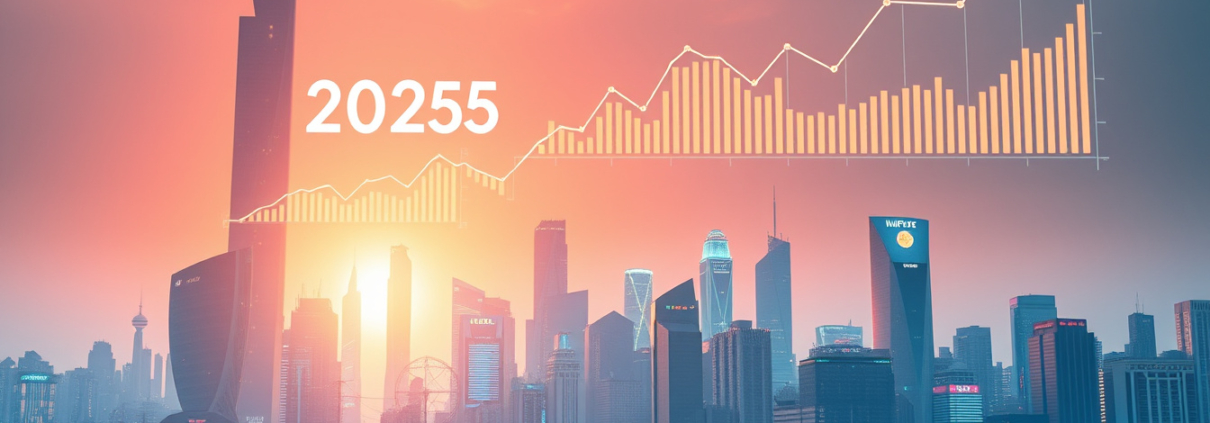July 2025 PCE Inflation Report: Core Inflation Climbs to 2.9%, Signaling Fed’s Next Move
PCE Inflation Report for July 2025 Shows Core Inflation at Highest Level Since February
The U.S. economy saw inflation rise in July 2025. The Commerce Department published a Personal Consumption Expenditures (PCE) price index report. In the report, core inflation—which drops food and energy prices—hit an annual rate of 2.9%. This rate meets economist views and marks the highest since February.
Key Inflation Findings
• Core PCE Inflation moved up by 0.1 point from June to 2.9% on an annual and seasonally adjusted basis.
• Monthly core inflation climbed by 0.3%, which matches forecasts.
• Overall, the all-items PCE index shows a 2.6% annual inflation rate with a 0.2% monthly rise. Each number falls near consensus views.
The Federal Reserve uses the PCE price index to measure inflation. It focuses on the core rate because it drops the variable food and energy prices. The Fed has set a 2% target. The rate now stays above this target, and the economy still shows inflation pressure.
Consumer Spending and Income Show Resilience
Inflation rises did not stop consumers from spending. In July, consumer spending grew by 0.5% as expected. Personal income also grew by 0.4%. These facts point to a strong consumer base even while prices go up.
Impact of Tariffs on Inflation
The inflation rise comes with tariff effects imposed by the Trump administration earlier this year. In April, a 10% tariff began on all imports. This step was soon followed by tariffs on some trading partners and by extra duties on some goods. The White House also ended exemptions for shipments under $800. These rules add to price increases in the supply chain.
Market and Federal Reserve Implications
After the report, stock futures lost a bit while Treasury yields stayed up. The mixed signals show different market views. The Fed now plans its next policy meeting. Many expect a rate cut in September, even as inflation stays high.
Fed Governor Christopher Waller supports lowering rates if the job market weakens. Experts such as Ellen Zentner from Morgan Stanley say future cuts will depend on jobs and inflation risks.
Sector Breakdown of Prices
• Energy: Prices fell by 2.7% over the year and by 1.1% over the month.
• Food: Prices went up by 1.9% over the year and dropped 0.1% in the month.
• Services: Prices rose by 3.6% over the year and by 0.3% in the month.
• Goods: Prices increased by 0.5% over the year and declined 0.1% in the month.
Conclusion
The July 2025 PCE report shows high inflation. Service prices drive most of the rise, even as energy and food costs fall. Consumer spending and income keep the economy active. The Fed must balance control of rising prices with support for growth and jobs.
The next weeks will be key as the Fed checks job data and inflation moves to set new rate plans.
Stay informed with CNBC for the latest updates on inflation, market trends, and economic policy.
Full money-growing playbook here:
youtube.com/@the_money_grower









